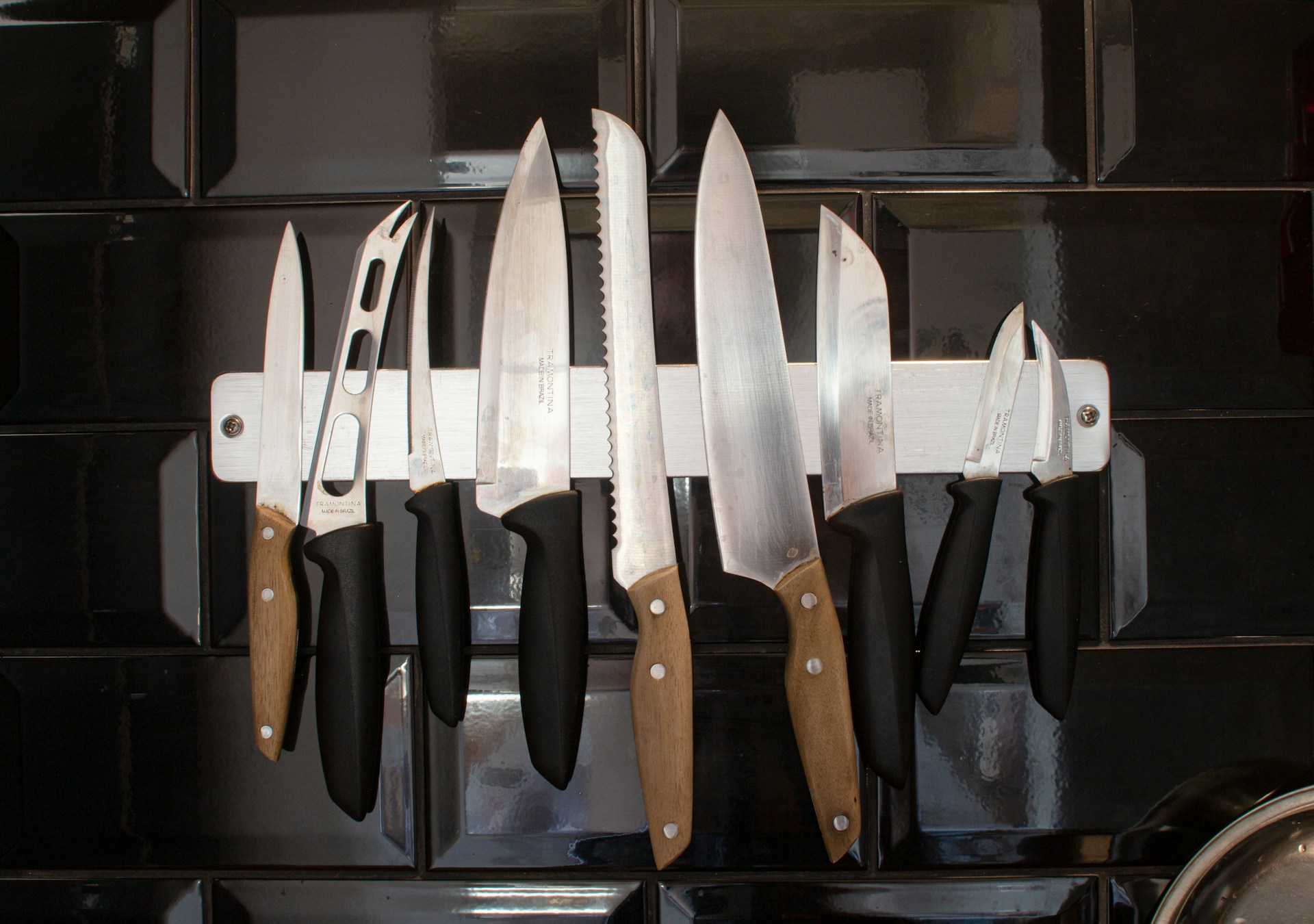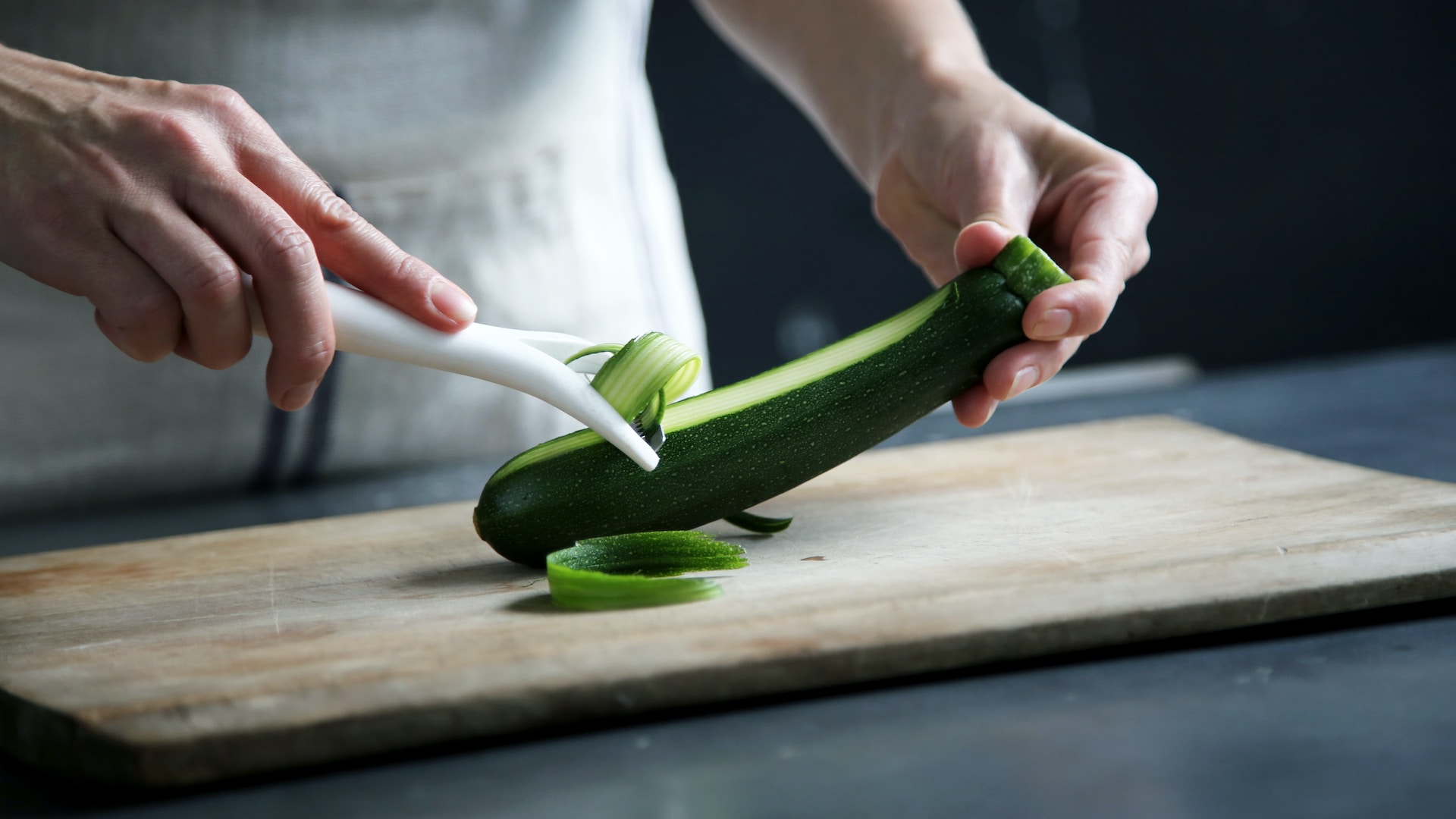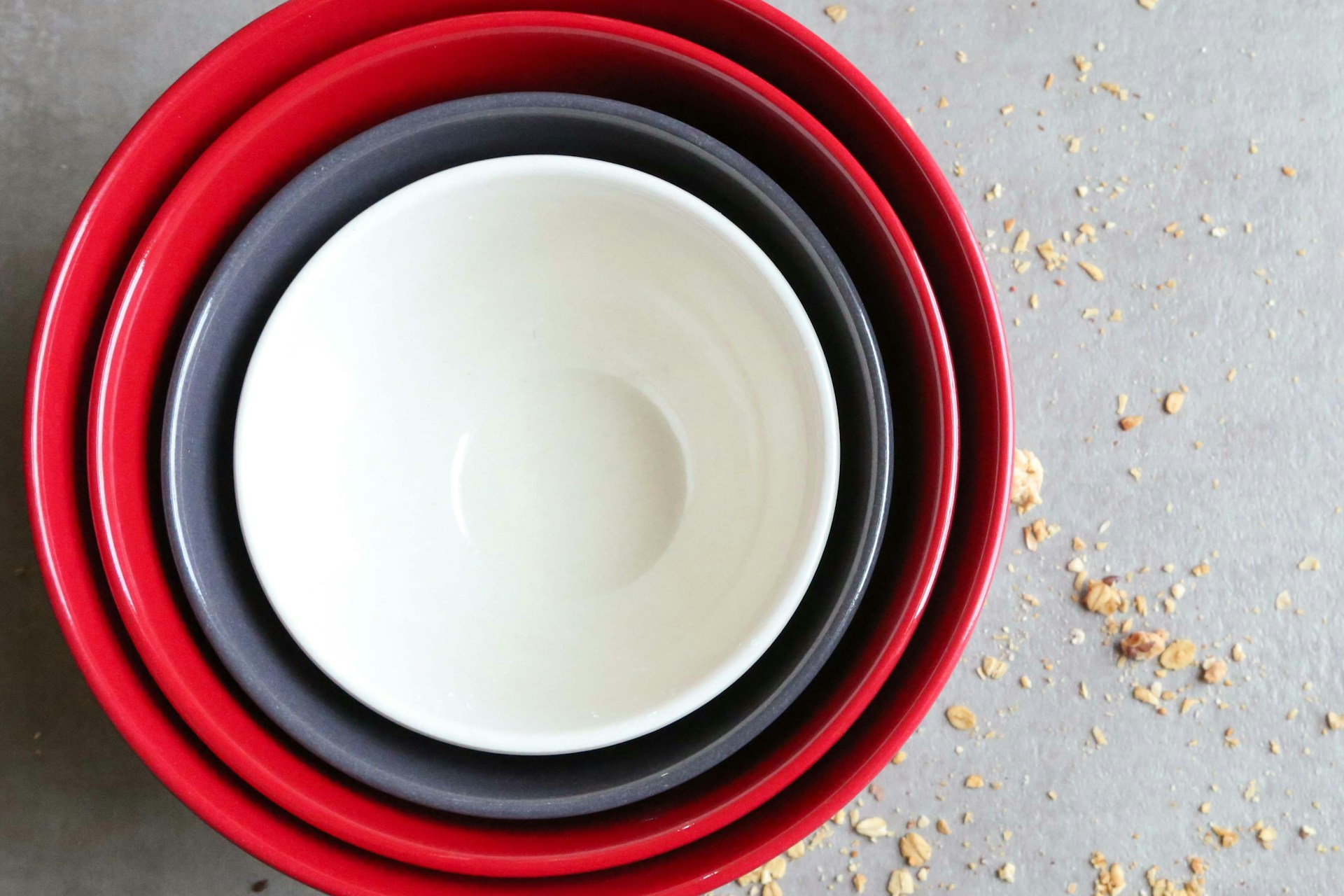When it comes to preparing meals, having the right knife for the job can make all the difference. In the culinary world, kitchen knives are as essential as the chef’s skills in using them. There are numerous types of kitchen knives, each designed for specific tasks. Here’s a guide to the most commonly used kitchen knives and their intended purposes:
- Chef’s Knife Also known as a cook’s knife, this is the quintessential all-purpose knife. It typically has a blade length of 6 to 14 inches and is used for a variety of tasks such as chopping, slicing, mincing, and dicing. Its curved blade allows for a rocking motion, which is great for mincing herbs or vegetables.
- Paring Knife This small knife has a blade length of 3 to 4 inches and is perfect for peeling fruits and vegetables, slicing small items, or intricate work like deveining shrimp. It offers greater control than a chef’s knife when precision is necessary.
- Utility Knife Slightly larger than a paring knife but smaller than a chef’s knife, the utility knife has a blade about 4 to 7 inches long. It’s a versatile tool useful for tasks that are too big for a paring knife but don’t require a chef’s knife, such as cutting sandwiches or slicing medium-sized fruits and vegetables.
- Bread Knife Characterized by its serrated blade, the bread knife is designed to cut through crusty bread without squashing the soft interior. However, it’s not limited to bread alone; it’s also useful for cutting through soft fruits with tough skins, like tomatoes, without damaging them.
- Carving Knife A carving knife has a long, thin blade that allows for precise cuts of meat, such as turkey, ham, or roasts. It’s designed to slice through cooked proteins cleanly to produce even, thin slices.
- Boning Knife With a narrow and sharp point, boning knives are designed to maneuver around bones when separating meat from them. They’re usually about 5 to 6 inches long and can be rigid or flexible. Flexible versions are particularly good for poultry and fish, while a stiffer blade is better for beef and pork.
- Fillet Knife Similar to the boning knife but with a thinner, more flexible blade, the fillet knife is ideal for removing the bones from fish and cutting filets. The flexibility lets the knife move easily along the backbone and under the skin of fish.
- Cleaver This heavy, broad knife is used for heavy-duty tasks such as breaking down meat and poultry, cutting through bone, or even crushing garlic. Its weight assists in cutting through tough materials, making it a robust addition to the kitchen.
- Santoku Knife The Santoku is a Japanese-style knife that has become popular worldwide. Its name means “three virtues,” referring to its proficiency with chopping, dicing, and mincing. It typically has a blade length of 5 to 8 inches and a flat edge with a sheepsfoot blade that curves down to meet the straight edge.
- Nakiri Knife A Nakiri is a Japanese vegetable knife designed with a straight, symmetrical blade ideal for precise vegetable chopping and slicing. It doesn’t have the same rocking motion as a chef’s knife but is great for straight-down cuts.
- Cheese Knife Designed for cutting cheese, there are several types of cheese knives, each suited for different textures of cheese. Some have holes in the blade to prevent softer cheeses from sticking, and others have forked tips for serving.
- Steak Knife Typically found on the dining table, steak knives have serrated or straight edges and are used for cutting through cooked steaks and other meats. They allow diners to effortlessly slice their meat with a proper cutting edge.
By choosing the right knife for the task at hand and learning to use it properly, you can greatly enhance your cooking experience. Remember to keep your knives sharp, as a sharp knife is safer and more effective than a dull one. Care for them with proper cleaning (usually hand-washing is recommended) and storage, and they will serve you well for many meals to come


